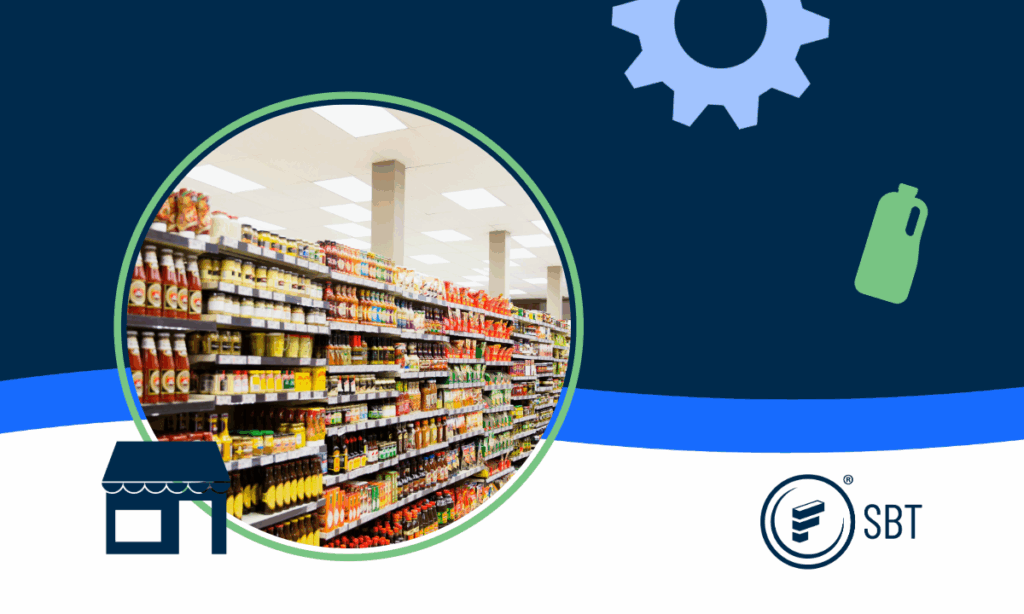For category managers in retail, strong relationships with suppliers are fundamental in driving revenue growth and stability. In fact, in many cases the relationship with a supplier will influence a retailer’s operational decision, which may look good on paper but fails when the retailer-supplier relationship is disrupted. A trustworthy relationship can consistently keep shelves full of products that move and allow for adjustments for products that don’t. If retail managers had the time to nurture every supplier providing direct-store-delivery (DSD) in this way, out-of-stocks and shrink could become less of a burden and provide a dual benefit – building revenue and netting elevated results on both sides.
There are categories that require both a high level of labor and multiple vendor involvement. These categories have a diminished likelihood of experiencing the same level of vendor relationship nurturing as some of the other categories. When we consider some of these categories within the grocery, convenience, or big box sectors, we think of ones like bread, greeting cards, condiments, dairy, or salty snacks – often those with lots of SKUs. Given America’s love for having abundant choices, managing large varieties of certain products is a necessity to compete and deliver on expectations. These categories can be prone to high-shrink percentages and have low predictability for sales. These need a playbook adjustment to achieve peak performance. Many brick-and-mortar businesses have made the shift to scan-based trading (SBT) for such category growth and maintenance.
Using SBT to Improve Category Performance and Supplier Relationships
SBT allows category managers to create successful relationships with vendor partners in high-maintenance, high-labor intensive categories without putting cash at risk. Inventory is paid only after it is sold to the consumer, requiring suppliers to maintain ownership of inventory until a product is scanned at the point-of-sale. SBT also gives suppliers an opportunity to gain shelf space in desired retail locations without putting the burden of inventory investment on the retailer. This allows the retailer to try new products and determine what SKUs sell within certain demographics – growing revenue for themselves and their supplier partners.
The SBT application has found its way into other segments as well. Businesses like sporting goods or home improvement also operate with higher levels of product variety. Cash not used to pay for inventory can be reinvested in consumer-centric ways, like the customer experience, to differentiate themselves from other brick-and-mortar competitors and to compete with online sellers.
Once the determination has been made operationally that using scan-based trading makes the best sense in certain areas of the business, then determining whether to manage it internally or use a service provider is the next step for the retailer.
Why Business Operators Tend to Choose a Provider Over Self-Managed SBT
- Real-time data accessibility: A provider can receive point-of-sale data, as well as the supplier delivery data, across all locations daily and present this data in a digestible format for the retail operator and the supplier. The sales data can be aggregated to closely track KPIs while also tracking sales down to SKU levels.
- Faster shrink detection: Scan-based trading already reduces shrink due to the nature of the process; however, shrink is still a possibility. With the collection of both POS data and delivery data, a provider can turn raw data into actionable insights that quickly detect shrink issues and share this with the retailer. Daily data insights and more eyes on the numbers bring timely course correction, protecting the business from margin erosion.
- Data shareability: Data can be shared with suppliers to establish trust – data provided by the third party offers a neutral view, allowing the retailer and supplier a way to make product decisions that have dual benefit. When sales growth for both parties is reliant on keeping shelves full of the right SKUs, data transparency can keep daily field strategy efficient and targeted. The what, where, and when become manageable with such foresight.
- Product payment: When the product is sold at the point-of-sale, the supplier is paid on time and in accordance with the agreed terms and will not experience delayed payment since payment is made through the service provider.
- Timely reconciliation with fewer disputes: Data transparency offers less room for time-consuming price and product disputes. With a data provider, most disputes are resolved prior to the payment due date.
Choose Fintech as Your SBT Partner
67% of managed SBT services are provided by Fintech. Let’s review business cases and examine how SBT can provide you with the support you need to manage your business. You can reach us at sales@sbt.fintech.com or visit our SBT page to fill out a form to be contacted by an SBT representative.






